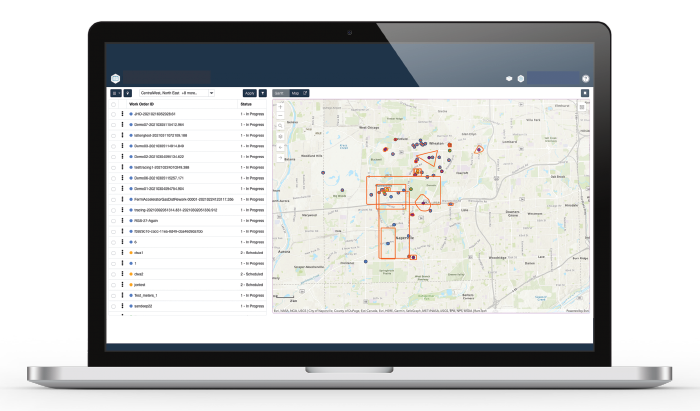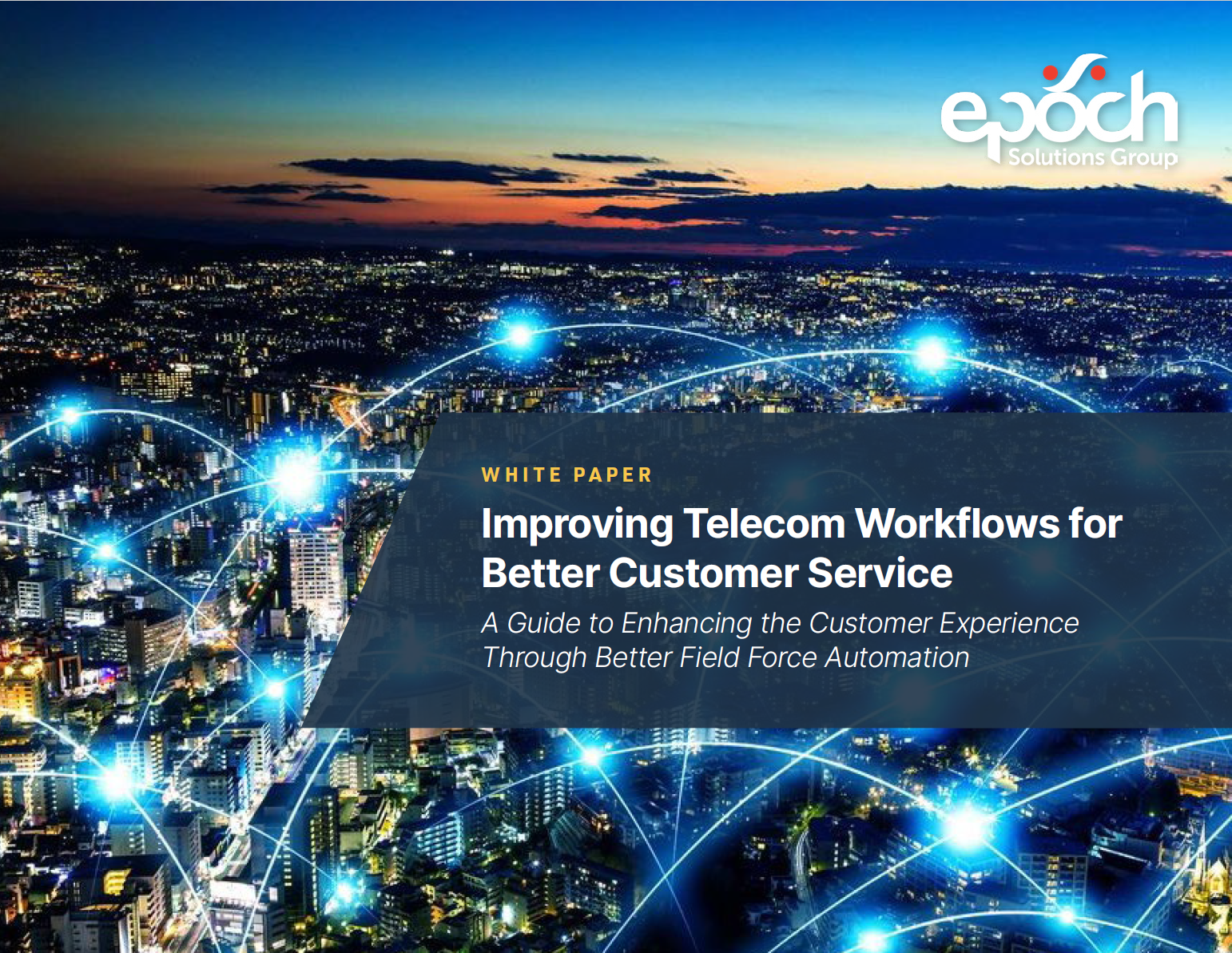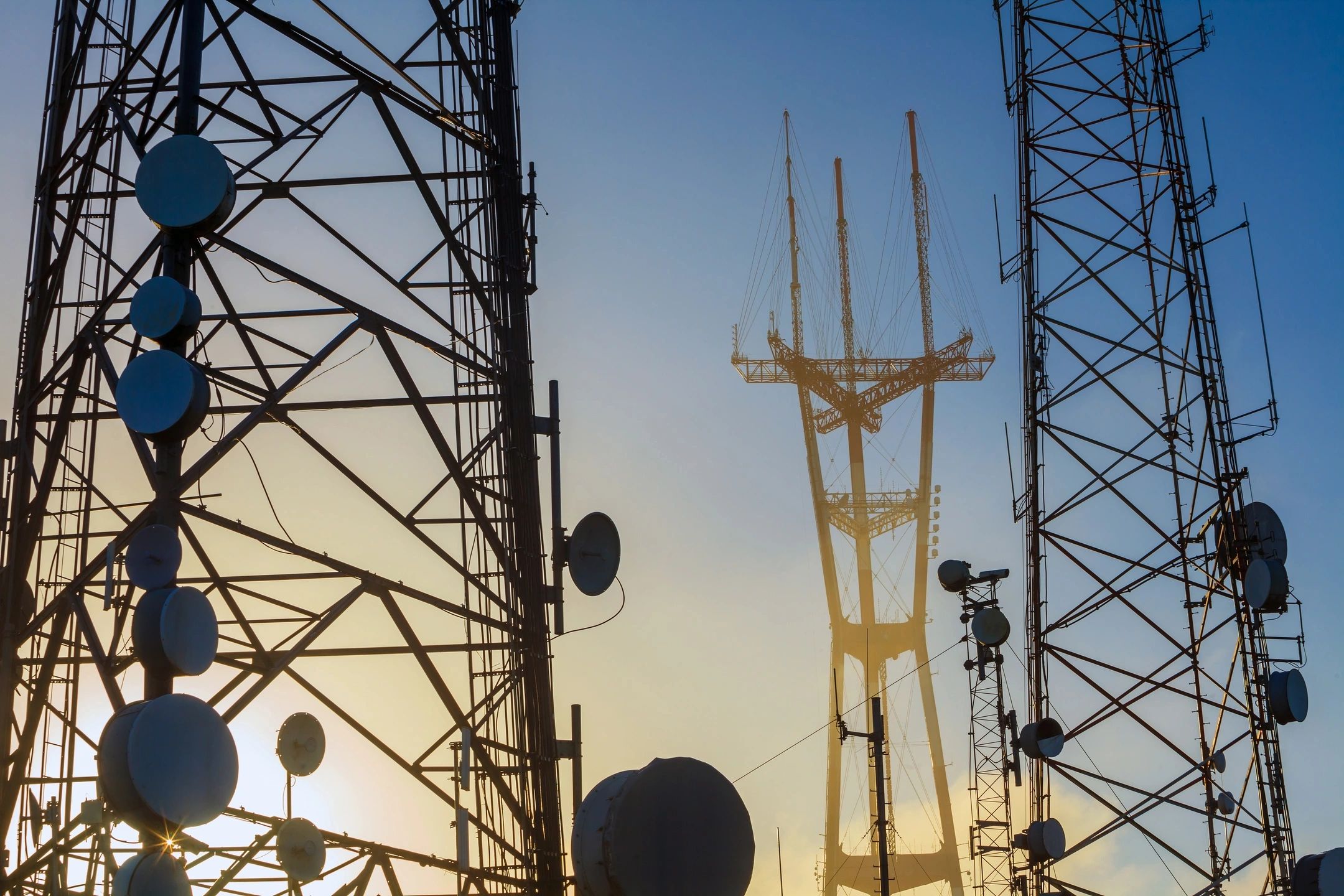With power demand increasing dramatically and energy reliability challenged by extreme weather, your utility network has never been more mission-critical. But traditional networks make it difficult to manage large and complex data sets with high integrity, and they don’t deliver actionable insights for effective decision-making.
These realities are leading many utilities to move to the Esri ArcGIS Utility Network. This modern framework transforms utility asset management, operational efficiency, and network analysis by making it easy to manage complex networks with high fidelity and scalability.
The Esri UN-certified professionals at Epoch Solutions Group have successfully deployed many large-scale Utility Network projects, so they know how to achieve a smooth transition that empowers utilities to reap all the benefits. They’re also the team that delivers our Epoch UN Blueprint: an end-to-end service that combines a structured process, tailored data models, and best practices to complete your deployment quickly and efficiently. Our experts leveraged their deep experience to share the top five considerations for mastering your Esri ArcGIS Utility Network implementation.
1. Determine Your Level of UN Data Readiness
The data readiness assessment is arguably the most critical component of any successful Utility Network implementation. The Utility Network enforces a strict set of rules for data preparation, making this assessment essential, regardless of the current state of data quality. Although this task may seem overwhelming, leveraging industry-leading tools and expertise will transform it into a streamlined process that enhances data integrity. In turn, end users will have confidence in their data being Utility Network-ready from day one.
Below are some of the key checks that should be conducted as part of the readiness assessment:
- Functional and attribution drivers for asset group and asset types
- Geometry errors
- Stacked lines and points
- Connectivity analysis
- Source data attribution errors
An effective data preparation process will help lead to an efficient data modeling and migration process. Whether you take a phased approach to your migration or migrate the data all at once, tools like Epoch Sync Pro greatly simplify an otherwise-complex process. This powerful, scalable data migration tool seamlessly syncs data bidirectionally and accurately from Smallworld Version Managed Data Stores/other GIS vendors and Esri ArcGIS Enterprise Geodatabases, even on massive databases.
2. Take Time to Tailor the Data Model Effectively
To get the most benefit from the network you’ll need to customize the data model to reflect your assets, operational practices, infrastructure, workflows, and regulatory requirements.
For example, an electric utility that’s evolving to incorporate renewable energy sources will need to create custom asset groups for solar panels, wind turbines, or smart meters. A gas utility will need to set up asset groups and types that distinguish transmission lines from service lines or reflect gas-specific equipment such as compressor stations and odorization facilities.
The flexibility of the UN data model is a pro and a con: You can tailor it exactly to your needs, but that can feel overwhelming. Several best practices will smooth the process:
- Conduct a workshop with key stakeholders—including GIS specialists, field crews, and engineers—to define your UN objectives and data requirements.
- Take inventory of your assets and attribute data to determine what needs to be incorporated and identify gaps.
- Utilize commodity-driven data models designed by Epoch Solutions Group to specifically adhere to your business needs and workflows.
- Test the model on a sample dataset for functional and structural validity and adjust it based on the results.
- Keep the model as simple as possible for ease of maintenance yet scalable to accommodate additional assets or network expansion.
3. Carefully Configure and Validate the Network Topology
The Esri Utility Network includes tools that help you establish network rules to suit your operation. For example, connectivity rules define how different assets connect within the network (such as a transformer connected to a feeder line), while containment rules define how one asset is contained within another (such as cables within a conduit).
You’ll also need to validate that the network topology complies with the rules you’ve established. This process points out errors, like a missing asset connection or containment relationship. You can correct them using the ArcGIS Pro editing tools and adjust the network rules if they’re too restrictive. Though it’s critical to validate network topology rules prior to implementation, periodic validations are vital for maintaining network integrity.
4. Optimize Network Performance and Scalability
Achieving a high-performing, scalable network is a key objective of your Utility Network deployment. To reduce the impact of dataset size and complexity on network performance, use simpler geometries where feasible and generalized presentations for high-level data views. To keep your hardware and infrastructure from hindering UN performance, be sure your servers meet or exceed Esri’s recommended requirements and your infrastructure can handle the data transfer demands.
For a network that’s scalable and future-proof, plan for growth in your data volume and number of users, as well as increased application complexity over time. A modular design will enable you to add new components without major overhauls, and a cloud-based platform will allow you to allocate resources flexibly and reduce costly on-premise hardware.
5. Build in Training and Change Management
You need to equip end users to work within the new network proficiently, understand the workflows, and maintain data accuracy and integrity. It’s vital to build their knowledge and skills in both the ArcGIS Pro software and the Utility Network’s features. The training will be most useful if it’s role-specific: GIS analysts need to understand data modeling, topology rules, and network analysis, field crews need to know how to use mobile applications to collect data, and managers will primarily use the reporting tools.
As with any change, you might face resistance when moving to the Utility Network. Take time upfront to explain the rationale and how it will benefit different stakeholders, and involve end users in the project planning to create buy-in. A phased implementation rollout is helpful too, as it allows end users to adapt gradually. Offer them convenient ways to provide feedback and report technical issues, and make sure your support team is equipped to provide accurate, responsive help.
A successful Esri ArcGIS Utility Network implementation requires careful planning and expertise. That’s why it’s important to have an experienced, Esri-certified professional as your guide.
Our Epoch UN Blueprint takes you from planning through execution, step by step, with Esri UN experts handing all the technical details and leading you through a successful migration. This turnkey service speeds and streamlines your Utility Network deployment through a structured, proven process—so you can start reaping the benefits of this enterprise solution sooner.
Contact a sales consultant to learn how the Epoch UN Blueprint can help you migrate quickly and seamlessly to the Esri Utility Network.























